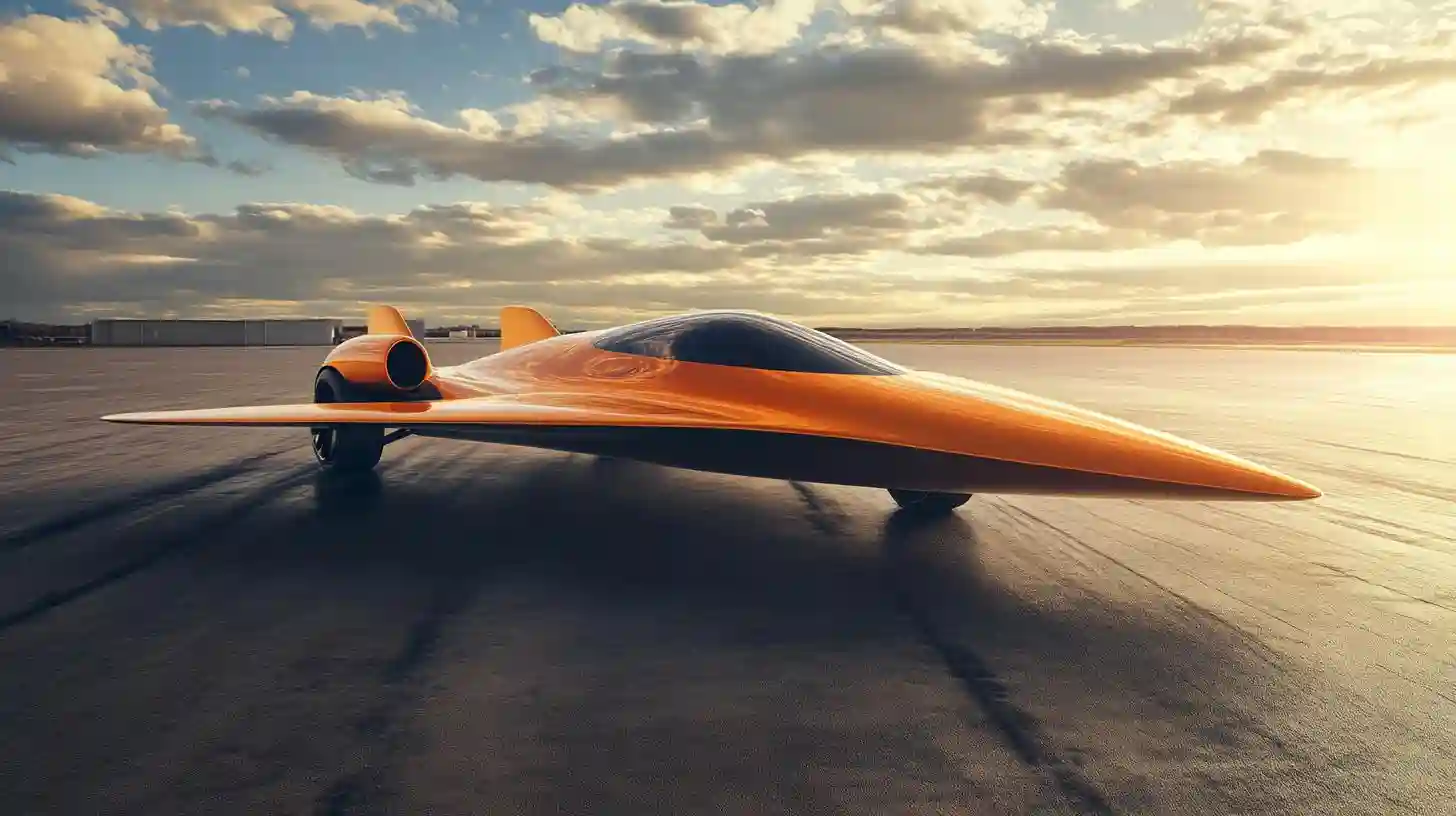
The evolution of transportation has always been driven by humanity's insatiable desire to explore the limits of speed. Among the most extraordinary advancements in this quest for velocity is the supersonic car, a groundbreaking vehicle designed to exceed the speed of sound. Unlike traditional automobiles, this innovation symbolizes the pinnacle of engineering, technology, and human ambition, pushing boundaries and redefining possibilities.
At the heart of the supersonic car's design is a unique aerodynamic form tailored for extreme performance. Engineers have meticulously crafted the vehicle to minimize air resistance, allowing it to slice through the atmosphere. The sleek, elongated shape reflects a fundamental understanding of the physics involved in high-speed travel. Every contour is engineered to channel airflow efficiently, leaving turbulent drag behind while enhancing stability at astonishing velocities. This focus on aerodynamics ensures that as speeds rise, the car remains firmly grounded, preventing lift that could jeopardize safety.
The propulsion system of a supersonic car represents a marvel of modern engineering. Traditional gasoline engines, while powerful, lack the necessary thrust for such speeds. Instead, supersonic cars typically employ custom-built jet engines or advanced hybrid technologies, harnessing the principles of aerodynamics and thermodynamics. These engines are designed to generate immense thrust, providing the acceleration required to break the sound barrier. This shift in power dynamics illustrates how innovation in propulsion systems is crucial to achieving unparalleled speed.
Safety is a paramount consideration when delving into supersonic travel. Engineers have embraced cutting-edge materials and technologies to enhance the vehicle's structural integrity. Lightweight composites that can withstand extreme temperatures and forces have become standard, providing the necessary resilience. Furthermore, advanced control systems have been integrated into the vehicle to ensure stability not just at high speeds but also during the potentially turbulent environment of supersonic travel. These safety measures are essential to instill confidence in operators as they embark on a journey that pushes both human and mechanical limits.
Another significant component of the supersonic car experience is the integration of sophisticated technology. The cockpit is equipped with advanced telemetry systems that provide real-time data on speed, altitude, and environmental conditions. This wealth of information allows the driver to make informed decisions while traversing at breathtaking speeds. Cutting-edge navigation tools facilitate precise route planning, crucial for avoiding hazards and optimizing performance. This fusion of technology and design empowers the driver, transforming the act of operating the vehicle into an exhilarating experience.
The realm of supersonic cars has generated considerable interest, attracting investors, engineers, and enthusiasts alike. Projects dedicated to breaking speed records have emerged globally, each vying for bragging rights in this competitive domain. Notable teams have set ambitious targets, challenging each other to innovate and advance the boundaries. The excitement surrounding these endeavors galvanizes public interest, drawing attention to the capabilities of these astonishing vehicles. The potential for further development in this field is limitless, with new ideas constantly emerging.
Moreover, the implications of supersonic travel extend beyond the realm of adrenaline-fueled racing. The technology behind these vehicles could pave the way for advancements in commercial transportation. The prospect of connecting distant cities through rapid, high-speed travel is no longer mere fantasy. As engineers refine their designs and operational systems, they may unlock possibilities that could revolutionize how people and goods traverse the globe. The lessons learned from developing supersonic cars may inform future generations of transportation solutions, making the world a smaller, more interconnected place.
As with any groundbreaking advancement, there is a natural concern for environmental impacts. The design and operation of supersonic cars raise questions regarding carbon footprints and noise pollution. Engineers and researchers are already exploring sustainable alternatives, such as biofuels or electric propulsion systems. Balancing speed with environmental responsibility will be critical to the long-term viability of this technology. As society shifts toward greener practices, the integration of eco-friendly components into supersonic vehicle design becomes increasingly important.
The journey of the supersonic car is a testament to human ingenuity, representing both a challenge and an invitation to dream bigger. The pursuit of speed has driven remarkable technological advancements that not only push the limits of what is possible but also ignite a passion for exploration and innovation. As this field continues to evolve, the supersonic car stands as a beacon of hope for future transportation, inspiring generations to seek excellence and transcend limits in their quest for speed and adventure.